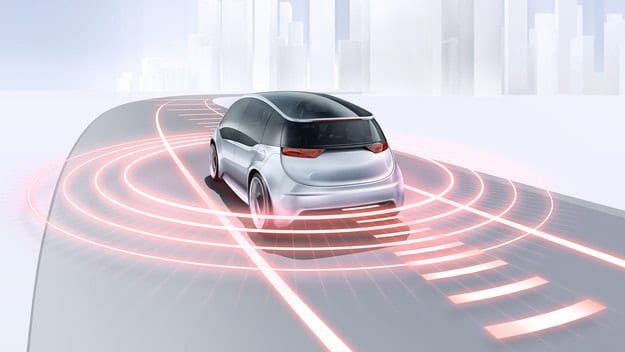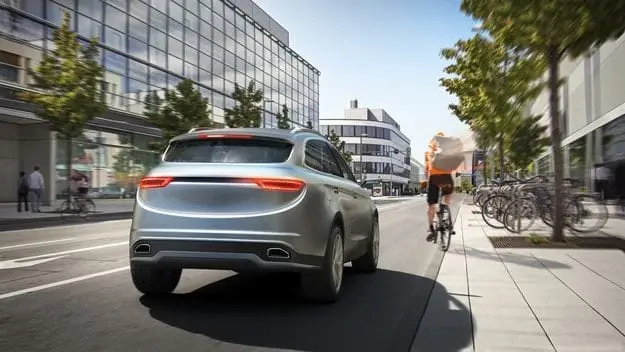
Bosch expands its range of sensors
Content
All good for three. This also applies to automated driving. In order for safe autonomous vehicles to travel on roads, a third sensor is required in addition to the camera and radar. That's why Bosch launched the first automotive leader development series (light detection and rangefinder). The laser rangefinder is indispensable when driving in accordance with SAE levels 3-5. When driving on motorways and in the city, the new Bosch sensor will cover both long and short range. Through economies of scale, Bosch wants to reduce the cost of complex technologies and adapt them to the mass market. “Bosch is expanding its range of sensors for realizing automatic driving,” says Bosch CEO Harald Kroeger.

Bosch foresees all driving situations in automatic driving
Only the parallel use of the three sensor functions guarantees the safe application of automatic driving. This is supported by Bosch's analysis: the developers explored all applications of automated functions, from assistant on the highway to fully autonomous driving in the city. If, for example, a motorcycle at a higher speed approaches an automated vehicle at an intersection, a lidar is needed in addition to the camera and radar to reliably detect the motorcycle. Radar will have a hard time detecting narrow silhouettes and plastic parts, and the camera may be blinded by adverse light. When radar, camera and lidar are used together, they complement each other perfectly and provide reliable information for any traffic situation.
Lidar makes a decisive contribution to automated driving
The laser is like a third eye: the lidar sensor emits laser pulses and receives the reflected laser light. The sensor calculates the distance according to the measured time for the light to travel the corresponding distance. Lidar has a very high resolution with a long range and a large field of view. The laser rangefinder reliably detects non-metallic obstacles at a great distance, such as stones on the road. Maneuvers such as stopping or bypassing can be taken in a timely manner. At the same time, the application of lidar in a car places high demands on components such as the detector and laser, especially in terms of thermal stability and reliability. Bosch applies its system know-how in the field of radar and lidar cameras to optimally coordinate the three sensor technologies. “We want to make automated driving safe, comfortable and exciting. In this way, we are making a decisive contribution to the mobility of the future,” said Kroeger. The long-range leader Bosch meets all the safety requirements of automatic driving, so in the future, car manufacturers will be able to effectively integrate it into various types of vehicles.

With AI, help systems are even safer
Bosch is an innovative leader in sensor technology for driver assistance and automated driving systems. Over the years, the company has been developing and manufacturing millions of ultrasonic, radar and camera sensors. In 2019, Bosch increased sales of driver assistance systems by 12% to XNUMX billion euros. Assistance systems pave the way for automated driving. Recently, engineers have been able to equip car camera technology with artificial intelligence, taking it to a new stage of development. Artificial intelligence recognizes objects, divides them into classes - cars, pedestrians, cyclists - and measures their movement. The camera can also more quickly and reliably detect and classify partially hidden or crossing vehicles, pedestrians and cyclists in heavy urban traffic. This allows the machine to activate an alarm or emergency stop. Radar technology is also constantly evolving. Bosch's new generation of radar sensors are better able to capture the vehicle's environment – even in bad weather and in poor lighting conditions. The basis for this is the detection range, wide opening angle and high angular resolution.